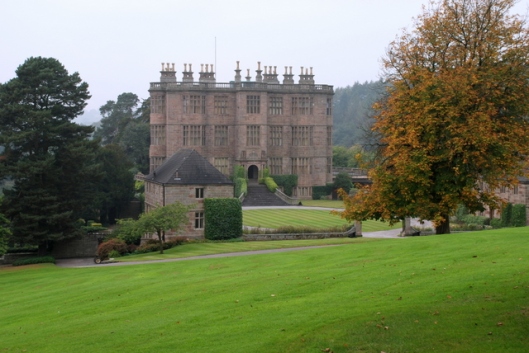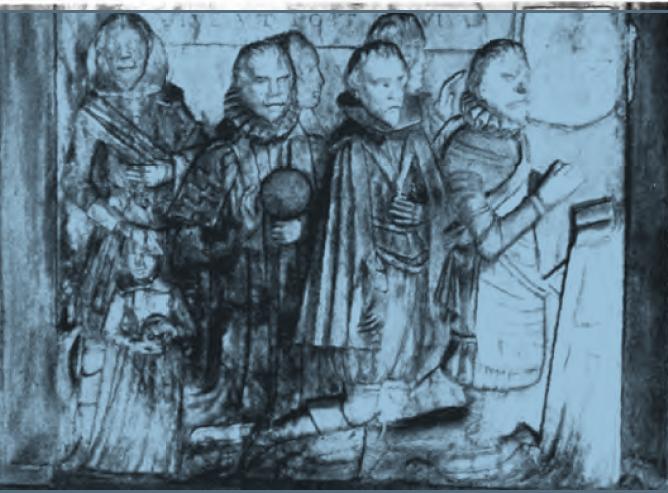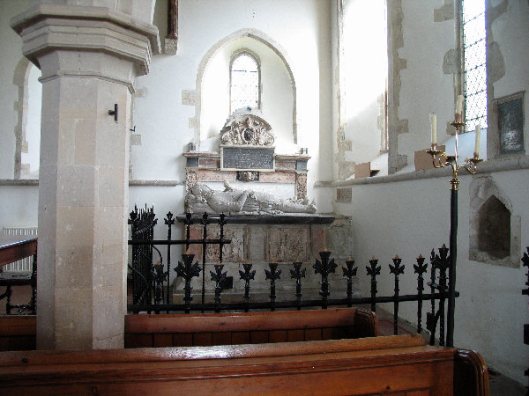Before Christmas I posted my transcription of the 1640 will of the recusant Kent landowner, Richard Hawkins, the husband of Mary Langworth. In this post I’ll share some reflections on what the will can tell us about Richard, his family and his Catholic connections.
Richard asks to be ‘decentlie buryed’ in the parish church at Boughton-under-Blean, next to his brother Sir Thomas Hawkins the younger, who was recently deceased, and his parents Thomas Hawkins the elder and ‘Dame Anne his wife’, both of whom had died about fifteen years previously.
Richard Hawkins makes generous provision in his will for five children – his sons John and Charles, and his daughters Katherine, Bennet and Martha. I haven’t been able to discover what became of any of them, though Katherine is probably the niece who is mentioned in the will of Richard’s brother Thomas Hawkins the younger. Notable by her absence from the will is Richard and Mary Hawkins’ other daughter Anne who, as I mentioned in an earlier post, joined a community of English Franciscan nuns in exile in Brussels and would have been about thirty years old when her father died.
Among the properties left to his younger son Charles is one in Selling, near Boughton, called ‘Solestreete’, which Richard had apparently purchased from Anthony and Thomas Langworth. These were almost certainly the sons of Adam Langworth, the brother of Richard’s father-in-law Dr John Langworth – and therefore his wife Mary’s cousins. This suggests a continuing close relationship between the Hawkins family and their Langworth relatives, though I have no information as to whether Adam Langworth or his offspring were also recusants.
At least two other relatives were among the witnesses to Richard Hawkins’ will. One of these was William Pettit, who was probably his cousin (Richard’s mother’s maiden name was Pettit). The Pettits, who lived at Colkyns in Boughton, were another prominent Kent recusant family. The other was Katherine Kirton, who was almost certainly a relative of the recusant physician John Kirton, described as a nephew in the will of Richard’s brother Thomas Hawkins the younger. Katherine may have been John Kirton’s sister, or perhaps his mother.

Wootton Lodge, Staffordshire, built by Sir Richard Fleetwood (photograph by Roger Temple, via geograph.org.uk)
We learn from Richard Hawkins’ will that he had purchased annuities from two prominent members of the Staffordshire gentry, suggesting a connection of some kind with that county. Sir Richard Fleetwood of ‘Kullwidge’ (Culwich or Caldwick) had been created a baronet in 1611 by James I and served as High Sheriff of Staffordshire. Sir Walter Heveningham of Pipe had also served as High Sheriff. Both men were staunch Catholics and, despite their public status, had suffered for their recusancy, with Sir Walter and his wife being fined frequently for their non-attendance at church.

